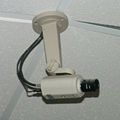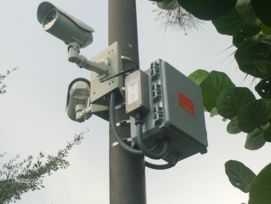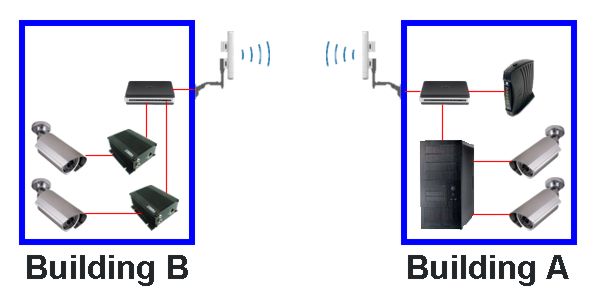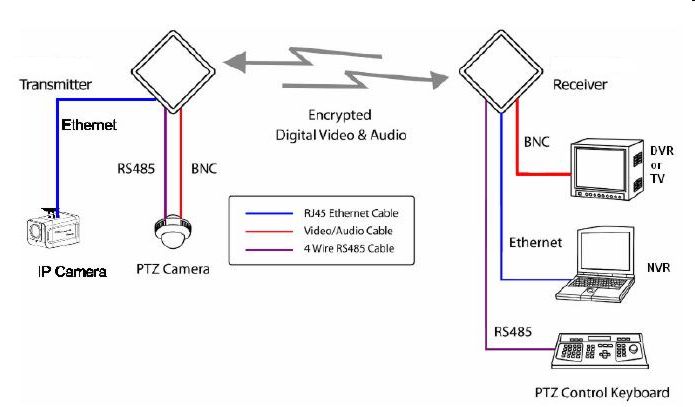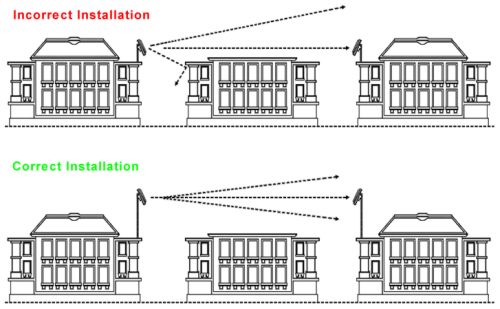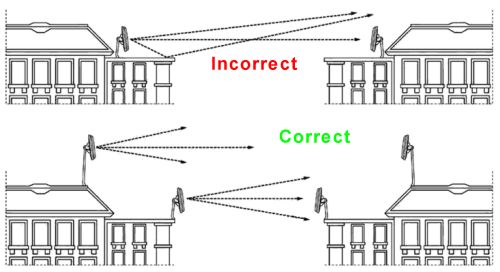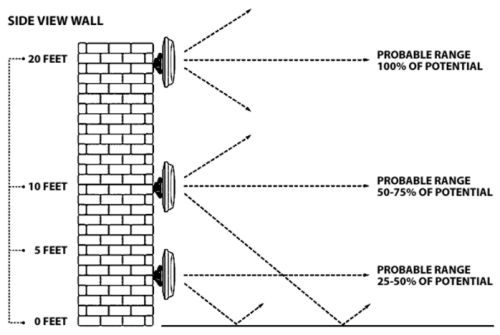Wireless spy cameras have loads of uses several of the key purposes include catching mistreating care givers, cheating spouses, nosey landlords, stealing roommates and detecting employee thieving.
1) Wireless spy cameras can be black and white or color.
You will get better object definition from a colour wireless spy camera but are often a little bit more pricey. The price of black and white units have the tendency to be a little cheaper and image resolution can be somewhat higher
2) Low Light capability
Light sensitivity is measured in LUX. The lower the LUX level the lower light the camera can work in. Spy Cameras with a LUX rating of 0.1LUX or less will be really reasonable in low light conditions. If you require pitch dark covert performance go for a spy camera unit with a rating of less than 0.03LUX.
3) Image Picture quality.
Measure. The more Television Lines your camera produces, the greater the quality of image will be. Even for the most discerning of private researchers 380 TV-Lines will be okay.
4) Does the receiver come as part of the package?
The receiver is connected to your viewing / recording device: TV, VCR, PC or Digital Video Recorder (DVR), so you can capture and or view the incoming video and audio signal from the wireless camera. If the receiver is not included as part of the kit, inquire how much one would cost and see if it is in your budget.
5) The radio frequency the camera Transmits on.
This is the wireless spy cameras transmission frequency range used to send the video / audio signal to the receiver. There are presently 434MHz, 900MHz, 1.2GHz, 2.4GHz and 5.8GHz transmission frequencies ranges. Probably the most popular frequency exists in the 2.4GHz range, this range is license free in America and all across Europe up to a yeild of 10mW.
It's possible you could get wireless interference on any of the wireless ranges but because of the number of products that utilize them, 434MHz and 900MHz can be particularly problematic.
6) The signal transmission distance
Transmission range is generally quoted as 'line of sight', it is the maximum distance between the wireless spy camera and receiver without obstacles or interference . This distance can be anything from 150ft to 1000ft and is dependant on the model.
7) Hidden Camera or Stand Alone
There are minute wireless spy cameras expressly created to be obscured by the operator, however, it's also possible to find pre-concealed units that will come created into an everyday object. Smoke detectors, ties, eye glasses, cigarette packets, lamps, teddy bears, air fresheners, mirrors etc. So depending on your application, you may want to get a pre-hidden wireless spy camera and you are all set. You still use a receiver like the stand alone spy cameras but pre-concealed cameras are more convenient and easier to place and install in your home or business.
Warning: If you intend to work with
wireless cctv camera you will most probably have to get around obstructions and interference, so never accept the transmission range advertised as in the real world the working range will not go as far. Before purchasing always ask for more realistic transmission ranges.
So now you have the necessary knowledge to buy a first-class wireless spy camera, remember to keep in mind these 7 basic elements for choosing one. It could make the difference between getting the evidence you wish or not!
